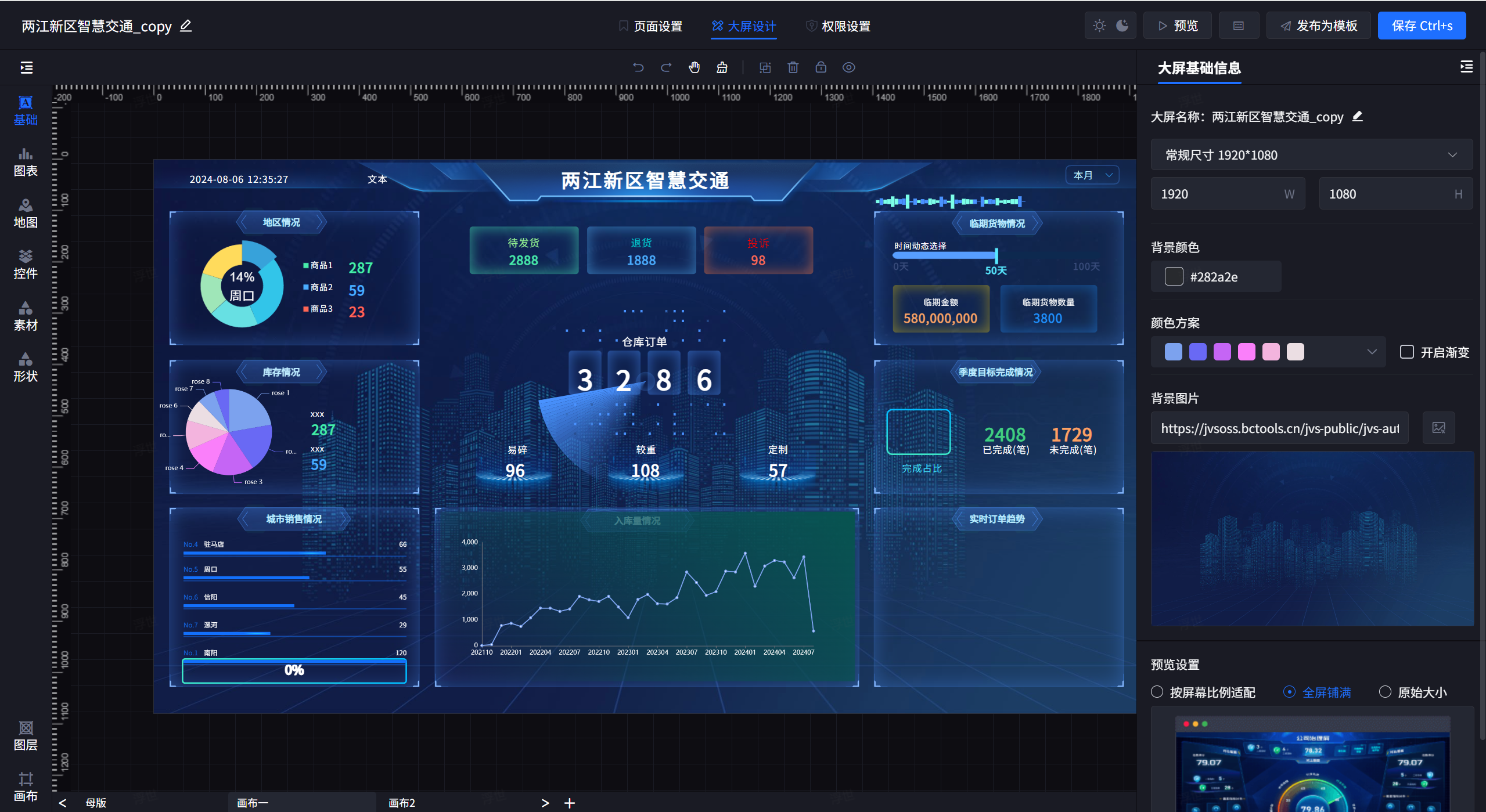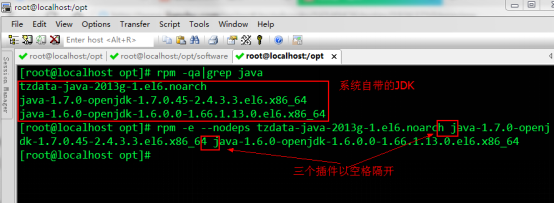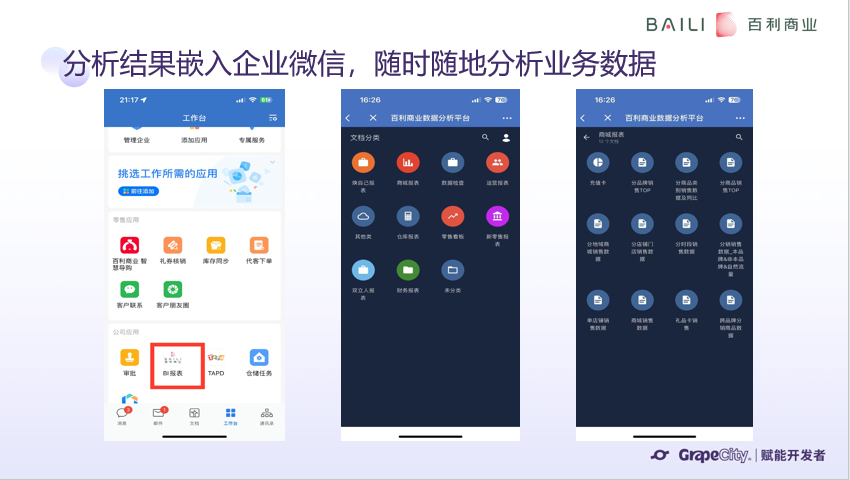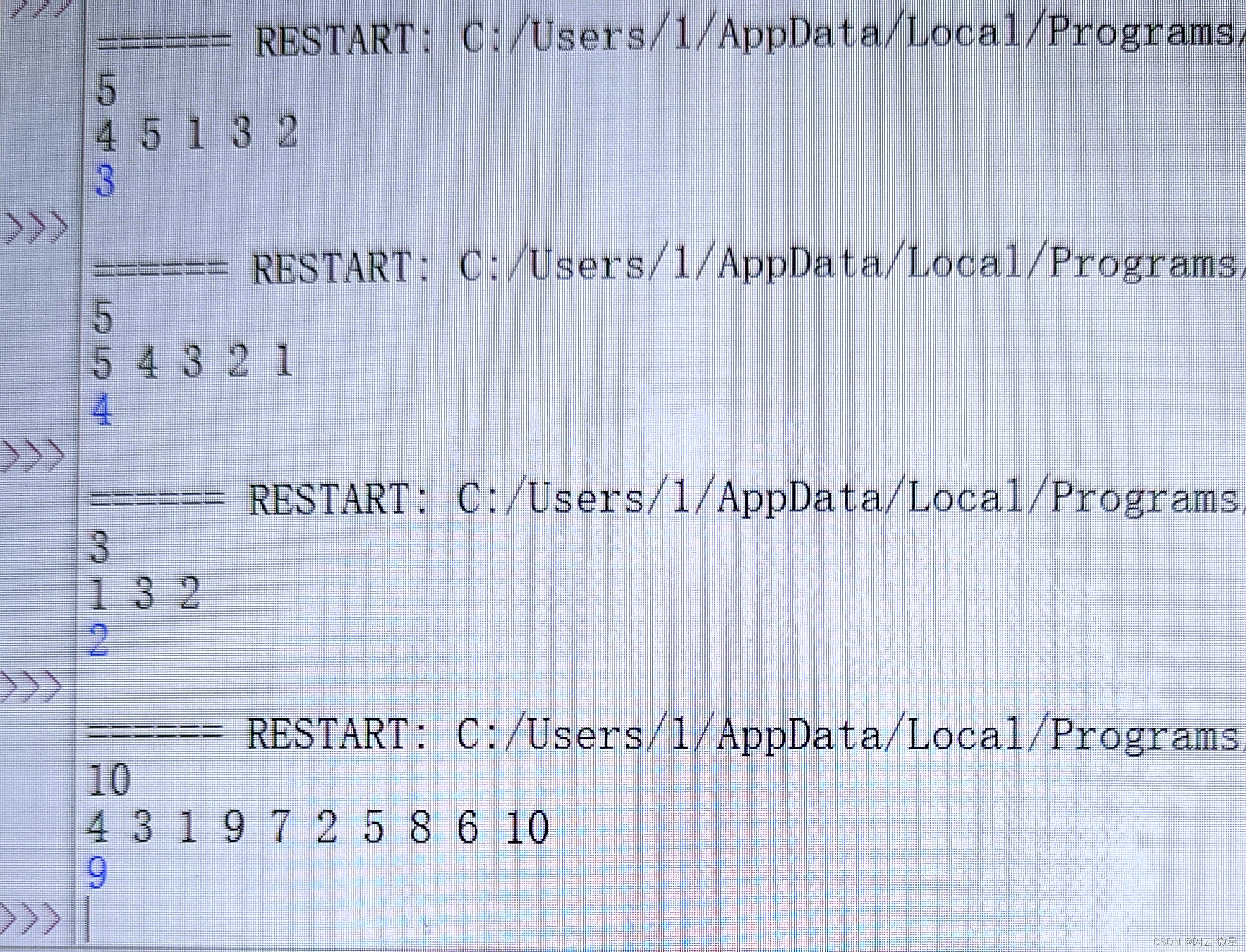1. c#对象 -> json
public class Item
{
public int id;
public int num;
public Item(int id, int num)
{
this.id = id;
this.num = num;
}
}
public class PlayerInfo
{
public string name;
public int atk;
public int def;
public float moveSpeed;
public double roundSpeed;
public Item weapon;
public List<int> listInt;
public List<Item> itemList;
public Dictionary<int, Item> itemDic;
public Dictionary<string, Item> itemDic2;
private int privateI = 1;
protected int protectedI = 2;
}
{
"name":“abc”,
"atk": 10,
"def":3,
"moveSpeed": 1.4,
"roundSpeed": 1.4,
"weapon": {"id": 1, "num": 13,
"listInt": [1,2,3,4,51,
"itemList": [{"id":2, "num": 10},
{"id":3, "num": 99},
{"id":4, "num":55}],
"itemDic" { "2":{"id":2, "num": 1},
"3": {"id":3, "num": 10}},
"itemDic2": {"2": {"id":2, "num": 1}},
"privatel":1,
"protectedI": 99
}
字典的话:键会变成双引号。
2、JsonUtility的使用
2.1 作用
JsonUtlity 是Unity自带的用于解析Json的公共类
1.将内存中对象序列化为Json格式的字符串
2.将Json字符串反序列化为类对象
2.2 特点
注意:
1.float序列化时看起来会有一些误差
2.自定义类需要加上序列化特性[System.Serializable]
3.想要序列化私有变量 需要加上特性[SerializeField]
4.JsonUtility不支持字典
5.JsonUtlity存储null对象不会是null 而是默认值的数据 ,例如int类型的就是0
2.3 代码
using System.Collections;
using System.Collections.Generic;
using System.IO;
using UnityEngine;
[System.Serializable]
public class Student
{
public int age;
public string name;
public Student(int age, string name)
{
this.age = age;
this.name = name;
}
}
/// <summary>
/// 这个不用加序列化是因为它是被直接进行序列化的,属于第一层,但是内部的Student就需要特别处理下了
/// </summary>
public class MrTang
{
public string name;
public int age;
public bool sex;
public float testF;
public double testD;
public int[] ids;
public List<int> ids2;
public Dictionary<int, string> dic;
public Dictionary<string, string> dic2;
public Student s1;
public List<Student> s2s;
//除了public类型之外的都需要加这个才会被序列化
[SerializeField]
private int privateI = 1;
[SerializeField]
protected int protectedI = 2;
}
public class RoleData
{
public List<RoleInfo> list;
}
//如果这个类不是在Json直接转化的第一层对象,是对象内的对象,那么就需要加一个这个,不然不会被序列化
[System.Serializable]
public class RoleInfo
{
public int hp;
public int speed;
public int volume;
public string resName;
public int scale;
}
public class JsonManager : MonoBehaviour
{
// Start is called before the first frame update
void Start()
{
#region 知识点一 JsonUtlity是什么?
//JsonUtlity 是Unity自带的用于解析Json的公共类
//它可以
//1.将内存中对象序列化为Json格式的字符串
//2.将Json字符串反序列化为类对象
#endregion
#region 知识点二 必备知识点——在文件中存读字符串
//1.存储字符串到指定路径文件中
//第一个参数 填写的是 存储的路径
//第二个参数 填写的是 存储的字符串内容
//注意:第一个参数 必须是存在的文件路径 如果没有对应文件夹 会报错
File.WriteAllText(Application.persistentDataPath + "/Test.json", "唐老狮存储的json文件");
print(Application.persistentDataPath);
//2.在指定路径文件中读取字符串
string str = File.ReadAllText(Application.persistentDataPath + "/Test.json");
print(str);
#endregion
#region 知识点三 使用JsonUtlity进行序列化
//序列化:把内存中的数据 存储到硬盘上
//方法:
//JsonUtility.ToJson(对象)
MrTang t = new MrTang();
t.name = "abc";
t.age = 18;
t.sex = false;
t.testF = 1.4f;
t.testD = 1.4;
t.ids = new int[] { 1, 2, 3, 4 };
t.ids2 = new List<int>() { 1, 2, 3 };
t.dic = new Dictionary<int, string>() { { 1, "123" }, { 2, "234" } };
t.dic2 = new Dictionary<string, string>() { { "1", "123" }, { "2", "234" } };
t.s1 = null;//new Student(1, "小红");
t.s2s = new List<Student>() { new Student(2, "小明"), new Student(3, "小强") };
//Jsonutility提供了线程的方法 可以把类对象 序列化为 json字符串
string jsonStr = JsonUtility.ToJson(t);
File.WriteAllText(Application.persistentDataPath + "/MrTang.json", jsonStr);
#endregion
#region 知识点四 使用JsonUtlity进行反序列化
//反序列化:把硬盘上的数据 读取到内存中
//方法:
//JsonUtility.FromJson(字符串)
//读取文件中的 Json字符串
jsonStr = File.ReadAllText(Application.persistentDataPath + "/MrTang.json");
//使用Json字符串内容 转换成类对象
MrTang t2 = JsonUtility.FromJson(jsonStr, typeof(MrTang)) as MrTang;
MrTang t3 = JsonUtility.FromJson<MrTang>(jsonStr);
//注意:
//如果Json中数据少了,读取到内存中类对象中时不会报错
#endregion
#region 知识点五 注意事项
//1.JsonUtlity无法直接读取数据集合,如果json中是以[]开始的,那么就会报错,必须要在多裹一层,想要解决就需要下面那种方法,在代码内多套一层
jsonStr = File.ReadAllText(Application.streamingAssetsPath + "/RoleInfo2.json");
print(jsonStr);
//List<RoleInfo> roleInfoList = JsonUtility.FromJson<List<RoleInfo>>(jsonStr);
RoleData data = JsonUtility.FromJson<RoleData>(jsonStr);
//2.文本编码格式需要时UTF-8 不然无法加载
#endregion
#region 总结
//1.必备知识点 —— File存读字符串的方法 ReadAllText和WriteAllText
//2.JsonUtlity提供的序列化反序列化方法 ToJson 和 FromJson
//3.自定义类需要加上序列化特性[System.Serializable]
//4.私有保护成员 需要加上[SerializeField]
//5.JsonUtlity不支持字典
//6.JsonUtlity不能直接将数据反序列化为数据集合
//7.Json文档编码格式必须是UTF-8
#endregion
}
// Update is called once per frame
void Update()
{
}
}
– json文件
{
"list":[
{"hp":4,"speed":6,"volume":5,"resName":"Airplane/Airplane1","scale":15},
{"hp":3,"speed":7,"volume":4,"resName":"Airplane/Airplane2","scale":15},
{"hp":2,"speed":8,"volume":3,"resName":"Airplane/Airplane3","scale":15},
{"hp":10,"speed":3,"volume":10,"resName":"Airplane/Airplane4","scale":6},
{"hp":6,"speed":5,"volume":7,"resName":"Airplane/Airplane5","scale":10}
]
}
3、LitJson的使用
3.1 作用
它是一个第三方库,用于处理Json的序列化和反序列化
LitJson是C#编写的,体积小、速度快、易于使用
它可以很容易的嵌入到我们的代码中
只需要将LitJson代码拷贝到工程中即可
1.前往LitJson官网
2.通过官网前往GitHub获取最新版本代码
3.将代码(src里面的那个即如下图,多余的删除即可)拷贝到Unity工程中 即可开始使用LitJson

using LitJson;
using System.Collections;
using System.Collections.Generic;
using System.IO;
using UnityEngine;
public class Student2
{
public int age;
public string name;
public Student2() { }
public Student2(int age, string name)
{
this.age = age;
this.name = name;
}
}
public class MrTang2
{
public string name;
public int age;
public bool sex;
public float testF;
public double testD;
public int[] ids;
public List<int> ids2;
//public Dictionary<int, string> dic;
public Dictionary<string, string> dic2;
public Student2 s1;
public List<Student2> s2s;
private int privateI = 1;
protected int protectedI = 2;
}
public class RoleInfo2
{
public int hp;
public int speed;
public int volume;
public string resName;
public int scale;
}
public class LitJsonTest : MonoBehaviour
{
// Start is called before the first frame update
void Start()
{
#region 知识点一 LitJson是什么?
//它是一个第三方库,用于处理Json的序列化和反序列化
//LitJson是C#编写的,体积小、速度快、易于使用
//它可以很容易的嵌入到我们的代码中
//只需要将LitJson代码拷贝到工程中即可
#endregion
#region 知识点二 获取LitJson
//1.前往LitJson官网
//2.通过官网前往GitHub获取最新版本代码
//3.讲代码拷贝到Unity工程中 即可开始使用LitJson
#endregion
#region 知识点三 使用LitJson进行序列化
//方法:
//JsonMapper.ToJson(对象)
MrTang2 t = new MrTang2();
t.name = "abc";
t.age = 18;
t.sex = true;
t.testF = 1.4f;
t.testD = 1.4;
t.ids = new int[] { 1, 2, 3, 4 };
t.ids2 = new List<int>() { 1, 2, 3 };
//t.dic = new Dictionary<int, string>() { { 1, "123" }, { 2, "234" } };
t.dic2 = new Dictionary<string, string>() { { "1", "123" }, { "2", "234" } };
t.s1 = null;//new Student(1, "小红");
t.s2s = new List<Student2>() { new Student2(2, "小明"), new Student2(3, "小强") };
string jsonStr = JsonMapper.ToJson(t);
print(Application.persistentDataPath);
File.WriteAllText(Application.persistentDataPath + "/MrTang2.json", jsonStr);
//注意:
//1.相对JsonUtlity不需要加特性
//2.不能序列化私有变量
//3.支持字典类型,字典的键 建议都是字符串 因为 Json的特点 Json中的键会加上双引号
//4.需要引用LitJson命名空间
//5.LitJson可以准确的保存null类型
#endregion
#region 知识点四 使用LitJson反序列化
//方法:
//JsonMapper.ToObject(字符串)
jsonStr = File.ReadAllText(Application.persistentDataPath + "/MrTang2.json");
//JsonData是LitJson提供的类对象 可以用键值对的形式去访问其中的内容
JsonData data = JsonMapper.ToObject(jsonStr);
print(data["name"]);
print(data["age"]);
//通过泛型转换 更加的方便 建议使用这种方式
MrTang2 t2 = JsonMapper.ToObject<MrTang2>(jsonStr);
print(t2.name);
print(t2.age);
//注意:
//1.类结构需要无参构造函数,否则反序列化时报错
//2.字典虽然支持 但是键在使用为数值时会有问题 需要使用字符串类型
#endregion
#region 知识点五 注意事项
//1.LitJson可以直接读取数据集合
// jsonStr = File.ReadAllText(Application.streamingAssetsPath + "/RoleInfo.json");
jsonStr = File.ReadAllText(Application.persistentDataPath + "/RoleInfo2.json");
print(jsonStr);
RoleInfo2[] arr = JsonMapper.ToObject<RoleInfo2[]>(jsonStr);
print(arr[0].hp);
// 这个需要在json外层
List<RoleInfo2> list = JsonMapper.ToObject<List<RoleInfo2>>(jsonStr);
// jsonStr = File.ReadAllText(Application.streamingAssetsPath + "/Dic.json");
// Dictionary<string, int> dicTest = JsonMapper.ToObject<Dictionary<string, int>>(jsonStr);
//2.文本编码格式需要是UTF-8 不然无法加载
#endregion
#region 总结
//1.LitJson提供的序列化反序列化方法 JsonMapper.ToJson和ToObject<>
//2.LitJson无需加特性
//3.LitJson不支持私有变量
//4.LitJson支持字典序列化反序列化
//5.LitJson可以直接将数据反序列化为数据集合
//6.LitJson反序列化时 自定义类型需要无参构造
//7.Json文档编码格式必须是UTF-8
#endregion
}
// Update is called once per frame
void Update()
{
}
}
4. JsonMgr.cs json管理类
using LitJson;
using System.Collections;
using System.Collections.Generic;
using System.IO;
using UnityEngine;
/// <summary>
/// 序列化和反序列化Json时 使用的是哪种方案
/// </summary>
public enum JsonType
{
JsonUtlity,
LitJson,
}
/// <summary>
/// Json数据管理类 主要用于进行 Json的序列化存储到硬盘 和 反序列化从硬盘中读取到内存中
/// </summary>
public class JsonMgr
{
private static JsonMgr instance = new JsonMgr();
public static JsonMgr Instance => instance;
private JsonMgr() { }
//存储Json数据 序列化
public void SaveData(object data, string fileName, JsonType type = JsonType.LitJson)
{
//确定存储路径
string path = Application.persistentDataPath + "/" + fileName + ".json";
//序列化 得到Json字符串
string jsonStr = "";
switch (type)
{
case JsonType.JsonUtlity:
jsonStr = JsonUtility.ToJson(data);
break;
case JsonType.LitJson:
jsonStr = JsonMapper.ToJson(data);
break;
}
//把序列化的Json字符串 存储到指定路径的文件中
File.WriteAllText(path, jsonStr);
}
//读取指定文件中的 Json数据 反序列化
public T LoadData<T>(string fileName, JsonType type = JsonType.LitJson) where T : new()
{
//确定从哪个路径读取
//首先先判断 默认数据文件夹中是否有我们想要的数据 如果有 就从中获取
string path = Application.streamingAssetsPath + "/" + fileName + ".json";
//先判断 是否存在这个文件
//如果不存在默认文件 就从 读写文件夹中去寻找
if(!File.Exists(path))
path = Application.persistentDataPath + "/" + fileName + ".json";
//如果读写文件夹中都还没有 那就返回一个默认对象
if (!File.Exists(path))
return new T();
//进行反序列化
string jsonStr = File.ReadAllText(path);
//数据对象
T data = default(T);
switch (type)
{
case JsonType.JsonUtlity:
data = JsonUtility.FromJson<T>(jsonStr);
break;
case JsonType.LitJson:
data = JsonMapper.ToObject<T>(jsonStr);
break;
}
//把对象返回出去
return data;
}
}



















